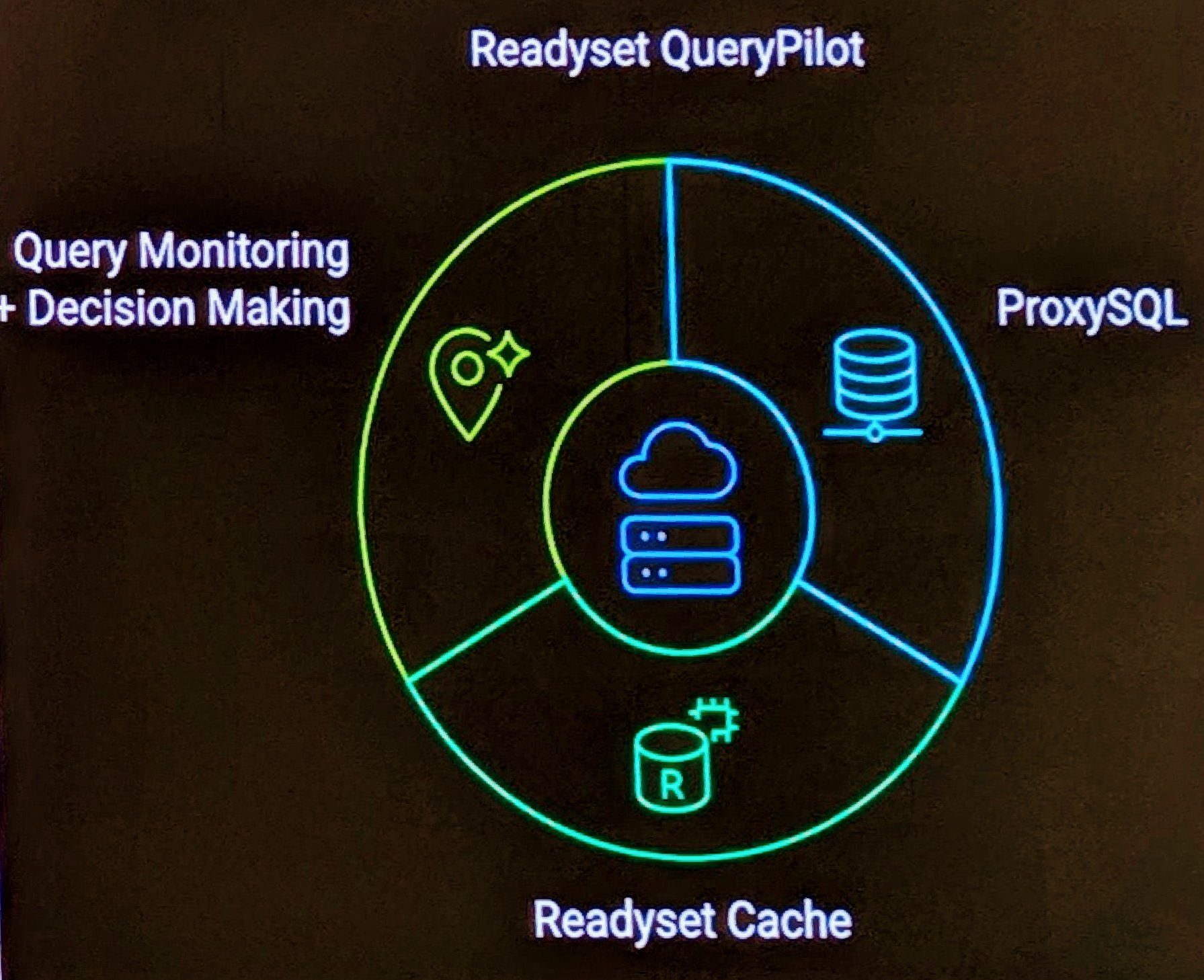I was asked recently to confirm a consistent state of data in a non-transactional MySQL table after a failing statement updating multiple rows did not complete successfully.
Hmmm, this is what I did.
- Created a MEMORY table
- Populated with some data, and a Primary Key
- Updated the Primary Key so that it failed with a Duplicate Key Error after updating only half the rows
- Confirmed that the rows that were updated, were, and the rows that were not updated, were not
DROP TABLE IF EXISTS mem1; CREATE TABLE mem1( i1 INT UNSIGNED NOT NULL PRIMARY KEY, c1 CHAR(10) NOT NULL, dt TIMESTAMP) ENGINE=MEMORY; INSERT INTO mem1(i1,c1) VALUES (1,'a'), (2,'b'), (3,'c'), (4,'d'), (5,'e'); SELECT * FROM mem1; +----+----+---------------------+ | i1 | c1 | dt | +----+----+---------------------+ | 1 | a | 2007-06-14 17:26:29 | | 2 | b | 2007-06-14 17:26:29 | | 3 | c | 2007-06-14 17:26:29 | | 4 | d | 2007-06-14 17:26:29 | | 5 | e | 2007-06-14 17:26:29 | +----+----+---------------------+ 5 rows in set (0.00 sec) UPDATE mem1 SET i1 = 9 - i1 - SLEEP(1), c1='x' ORDER BY i1; ERROR 1062 (23000): Duplicate entry '5' for key 1 SELECT * FROM mem1; +----+----+---------------------+ | i1 | c1 | dt | +----+----+---------------------+ | 8 | x | 2007-06-14 17:29:05 | | 7 | x | 2007-06-14 17:29:05 | | 6 | x | 2007-06-14 17:29:05 | | 4 | d | 2007-06-14 17:28:36 | | 5 | e | 2007-06-14 17:28:36 | +----+----+---------------------+ 5 rows in set (0.00 sec)
While I was also hoping for the TIMESTAMP column to reflect when the row was modified, it was when the statement was executed.
This test did however prove the requirements. Simple when you think about it, but it took a few minutes to think about it the first time.


